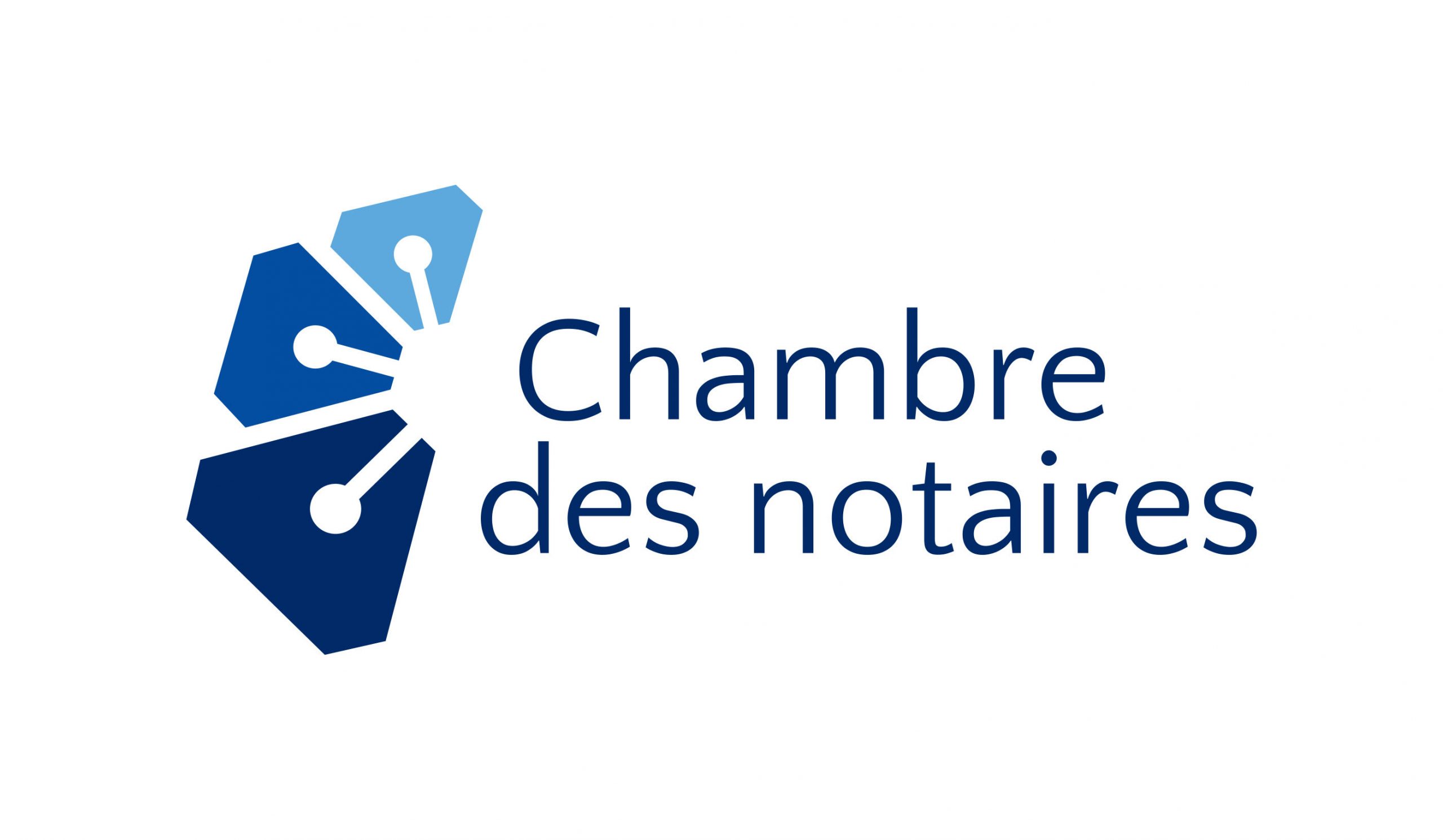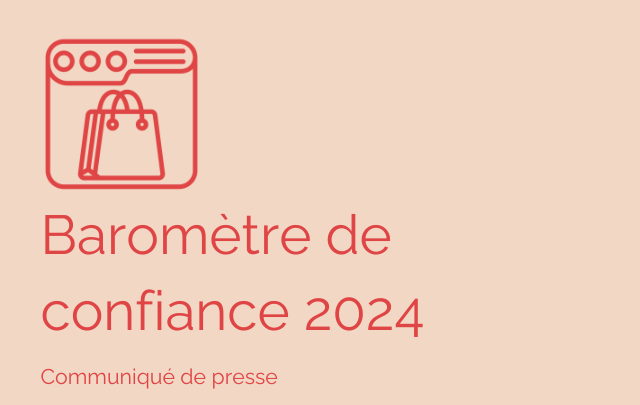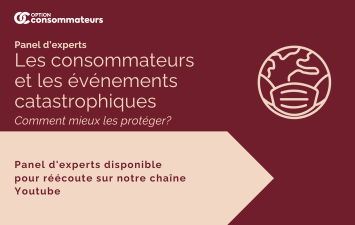
Living in a condominium: Changes that affect your wallet

Life in a condominium is complex. There are as many potential problems as there are condominiums. That's why the government has intervened to correct certain problematic situations. In our first article, we discussed the new register of private portions without tenant improvements. Today, we talk about the self-insurance fund and the contingency fund.
Self-insurance fund
Vincent lives in a 30-unit condominium. Several major water damage claims have resulted in higher premiums for the condominium insurer. Rather than pay these skyrocketing premiums, the board of directors opted to increase the deductible, which is the portion of a claim that the insured must pay. The deductible is set at $100,000 for water damage. Vincent is worried. What will happen when the next claim arises? Will the co-ownership refuse to do the work for lack of funds, or ask him to pay a large special contribution?
In 2018, the Quebec government intervened to require each co-ownership to create a self-insurance fund, which will be used to cover the portion of the damage that the insurer does not cover. As of April 15, 2022, the minimum annual contribution by a co-owner to the self-insurance fund will be as follows:
If the highest deductible amount is accumulated in the fund, no contribution will be required that year;
If the accumulated amount exceeds 50% of the highest deductible, the contribution will be equal to the difference between this amount and the amount of the highest deductible;
If the accumulated amount is equal to or less than 50% of the highest deductible, the contribution will be 50% of the deductible.
In our example, if Vincent's co-payment is set at 2.7%, he will have to contribute :
675, if there is $75,000 in the self-insurance fund at the beginning of the year, because the condominium will have to collect $25,000 from the co-owners;
1,350 if there is $48,000 in the fund (2.7% of $50,000);
0, if there is $105,000 in the fund, as no contribution is required by law. However, the syndicate could decide to maintain a certain contribution to prevent the fund from falling below 50% at the first loss, which would oblige co-owners to pay the minimum contribution of 50% required by law the following year. For example, Vincent could be asked to make an annual contribution of $200.
A co-owner's annual contribution will vary according to the number of claims incurred in the previous year.
Is your Board of Directors tempted not to carry out the repairs and shift the burden to the co-owners? Article 1074.1 C.c.Q. obliges the syndicate to make repairs when the loss is covered by the insurance contract, and denies it the right to demand that a co-owner pay for these repairs.
Pension fund valuation
Let's explore another scenario now. Vincent's syndicat de copropriété is holding a meeting to determine the amount each co-owner should contribute to the contingency fund. Should they try to save money by contributing as little as possible? How much should they contribute to the contingency fund?
A contingency fund is dedicated exclusively to the major repairs and replacement costs of common areas. Co-owners usually contribute to the contingency fund according to the relative value of their condo (quota-part), but the declaration of co-ownership may provide for a different calculation method for restricted-use common areas (balcony, doors, windows, etc.). The cost of replacing windows, for example, could be apportioned according to the number of windows you enjoy.
For some, the minimum amount required by law, i.e. 5% of the annual budget, is sufficient. But what if your budget is almost non-existent? Will there be enough money in the account to pay for window or roof replacement when the time comes?
The government will remove the reference to 5% of the budget from the law. The government's preferred method will be the carnet d'entretien and a five-yearly assessment of the situation. A specialist will come and assess the condominium, its components and the lifespan of each, and help you draw up a maintenance log. The contribution will be based on the professional's recommendations. A significant increase in the contribution to the contingency fund is therefore to be envisaged, especially in co-ownerships where there is no contingency fund or where the contingency fund is clearly insufficient.
For the time being, these new features are not yet in force. A government regulation will specify who these specialists will be. Our recommendation, of course, is to discuss the matter at your annual meeting and prepare for it, so that the step is not too high.
Our next special feature on co-ownership will deal with the changes made to protect the rights of co-owners.
Do you have any questions?
Watch the video "Buying a condo" and visit the "Condo" section of the Chambre des notaires website, or read our previous articles on buying a condo and condo insurance. You can also visit http://www.lacopropriete.info/.
Call our toll-free number 1-800-NOTAIRE (1-800-668-2473) to speak to a notary. This service is available Monday to Friday, 8:30 a.m. to 5 p.m.






